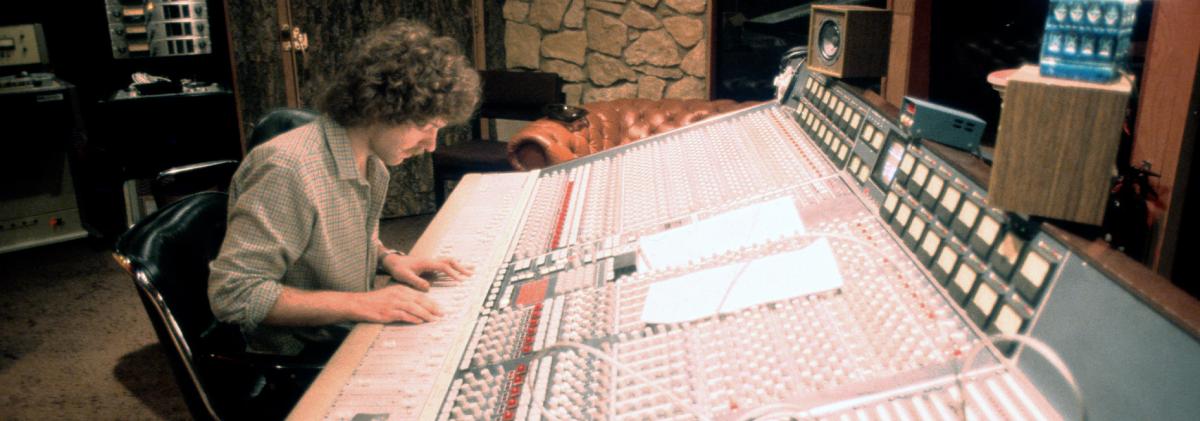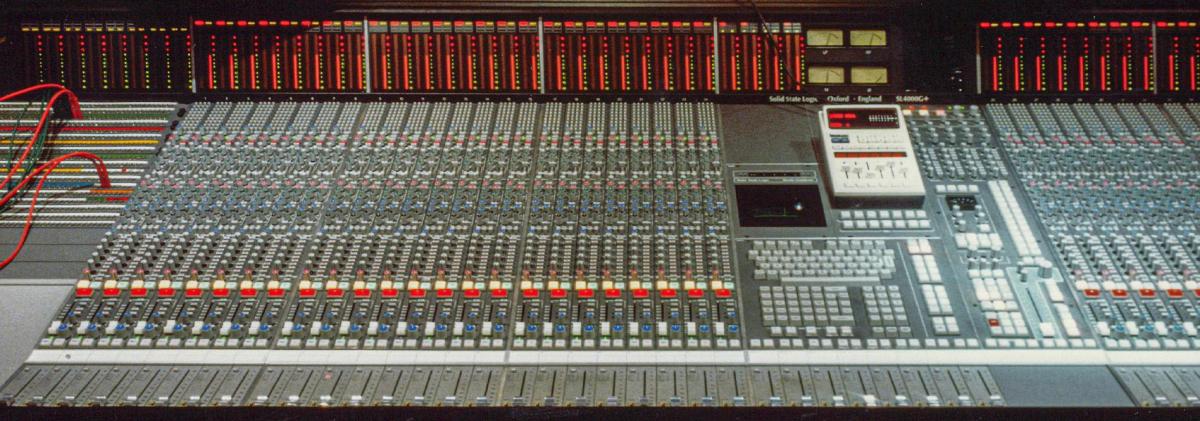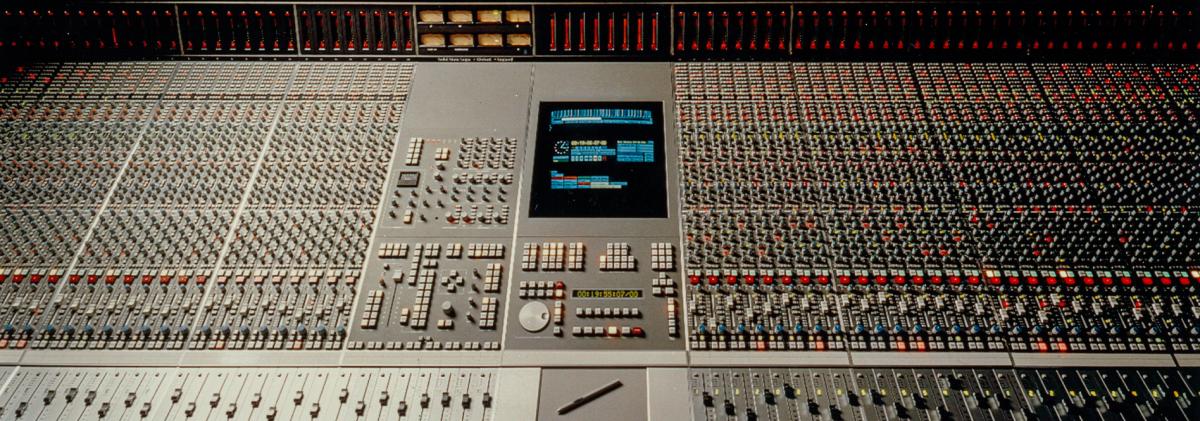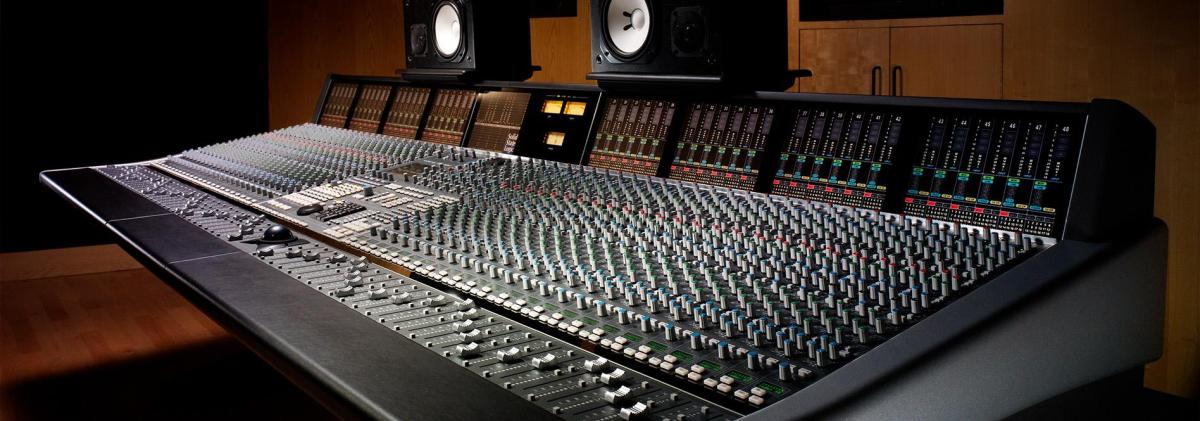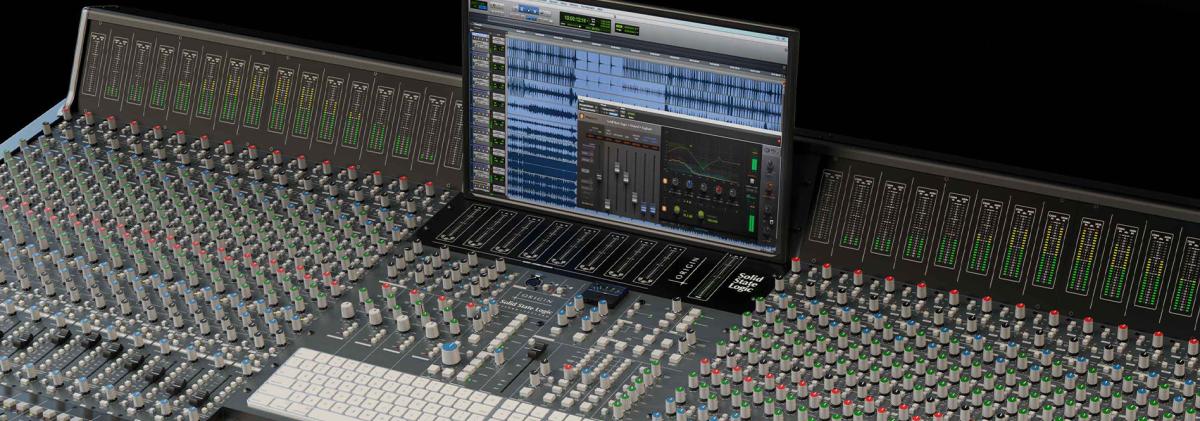Whilst Solid State Logic were still a small operation during the mid-1970s, Nashville based engineer, Dave Harrison, was already pioneering advancements in recording technology, also concluding that an in-line recording system offered a more streamlined and efficient workflow for recording engineers. Harrison’s vision was to create a console that enhanced the music in a truly musical and intuitive way. Guided by this design concept, Harrison introduced the 32 Series console in 1975, which quickly became known for its warm, rich tonal character and ability to deliver exceptionally smooth highs.
Trusted by legendary engineers like Bruce Swedien, Roger Nichols, and Reinhold Mack, the Harrison 32 Series consoles made their way into some of the world’s most renowned studios, including The Village and Westlake Studios in Los Angeles, LSI Studios in Nashville, Polar Studios in Stockholm, and Musicland Studios in Munich, with artists such as Michael Jackson, ABBA, Queen, Led Zeppelin, Supertramp, Johnny Cash, and Steely Dan shaping music history at a Harrison 32 Series.
Throughout the 1970s and 1980s, Harrison Audio played a pivotal role in the recording industry, standing as a major competitor to Solid State Logic. As record production evolved, Harrison continued to innovate, adapting its console designs to meet the changing needs of engineers and producers, but by the 1990s, the company shifted focus to developing motion picture consoles for post-production, manufacturing industry-leading technology that remains in use today by Sony Pictures and Universal for blockbuster films and TV shows.
Fast-forward to 2023, Solid State Logic sought to expand its tonal palette by acquiring Harrison Audio and welcoming it into the SSL family. This new partnership led to the launch of the 32Classic console, reintroducing the legendary Harrison sound to music studios around the world, for the first time in nearly 30 years.


